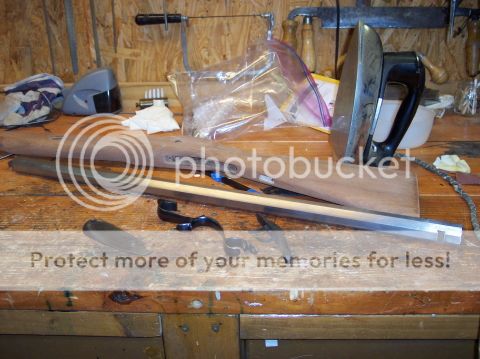- Joined
- Feb 9, 2015
- Messages
- 3,065
- Reaction score
- 1,036
I know that this topic has been hashed out in the past but I'd like to bring it up again for myself as well as those who have never heard of such a thing!
I will admit that I've never tried it before? I also like to buy well used Muzzleloader's to refurbish for winter projects. In the past I would strip down the stocks and sand out any imperfections and then re-stain and finish.
Some of the stocks I refinished didn't look all that bad if it were not for those dents the compression marks.
Would like to hear again from those who have used the steam method to raise the dents and compression marks out?
I would also add that protecting the existing finish would be a big bonus!
Respectfully, Cowboy :thumbsup:
I will admit that I've never tried it before? I also like to buy well used Muzzleloader's to refurbish for winter projects. In the past I would strip down the stocks and sand out any imperfections and then re-stain and finish.
Some of the stocks I refinished didn't look all that bad if it were not for those dents the compression marks.
Would like to hear again from those who have used the steam method to raise the dents and compression marks out?
I would also add that protecting the existing finish would be a big bonus!
Respectfully, Cowboy :thumbsup:






